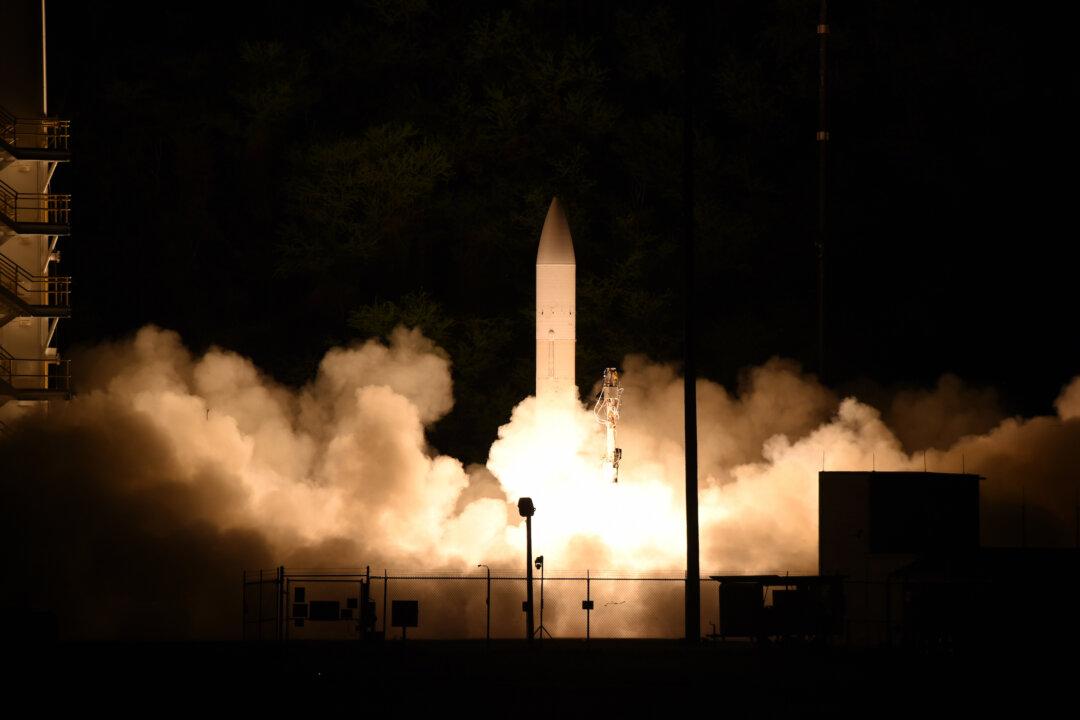The United States has successfully tested a hypersonic missile, marking a major milestone in the race to catch up with Russia and China in what the Pentagon describes as its highest research priority.
Hypersonic missiles are the latest must-have super-power military tech. Flying at over five times the speed of sound, as the name suggests, they are fast. But they are coveted not for speed, but for their ability to slip past the eyes of military tech by gliding along the edge of the atmosphere, and for their ability to maneuver mid-flight.





